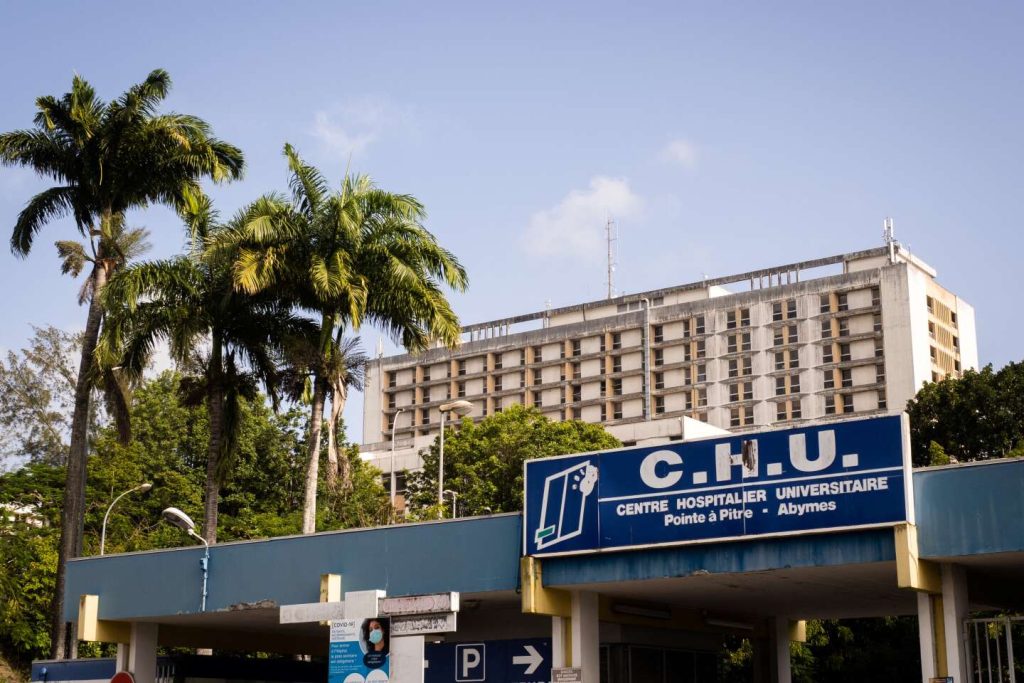In March of 2021, the University Hospital of Pointe-à-Pitre in Guadeloupe was affected by water cuts that lasted for over three weeks. A strike was declared within the Syndicat mixte de gestion de l’eau et de l’assainissement de la Guadeloupe (SMGEAG) by UNSA union agents, leading to internal issues within the organization. Acts of vandalism were committed, with multiple pipelines being broken, including a crucial one in the network, resulting in 130,000 households being deprived of water for several days. The crisis also impacted the functioning of healthcare facilities, such as the CHU, and cost the SMGEAG approximately 600,000 euros in crisis management.
The SMGEAG communication service stated that everything had returned to normal following the crisis, but in Guadeloupe, normal means water being distributed and cut at regular intervals, with varying severity depending on the period. Daniel Marianne, secretary general of the SMGEAG surveillance commission, expressed bitterness over the situation, noting that the water network was deteriorating despite efforts to manage crises through water distribution schedules. A report on water statistics from 2023 revealed that the water loss rate in the networks had increased to 62%, with repairs of leaks falling below the target of 7,000 per year.
The pace of leak repairs within the network had slowed, with the daily repair rate dropping from eighteen leaks to six in January 2023 before increasing again to around thirty. In February 2023, there were even up to two repairs conducted daily, further impacting water pressure and potable water distribution across the region. This decrease in pressure also affected bill payments, reducing the syndicate’s revenue and capacity for financial resources, which was highlighted as a priority by regional prefect Xavier Lefort to increase the syndicate’s financial stability.
The increase in unpaid bills and the subsequent effect on the syndicate’s revenue collection highlighted the challenges faced by the SMGEAG in managing its operations and maintaining water distribution across Guadeloupe. The situation was exacerbated by the aging water infrastructure and the high rates of water loss within the network, with efforts to improve repair rates falling short of the necessary targets. The need for sustainable solutions to address these issues and ensure reliable water supply for the population in Guadeloupe was emphasized amidst ongoing challenges and deteriorating water network conditions.


